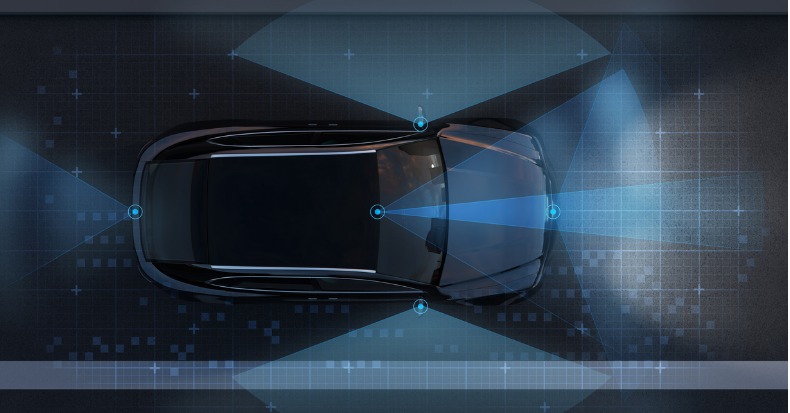Whiplash associated disorders (WAD) is a collection of symptoms commonly associated with motor vehicle collisions. Because WAD can have such a negative effect on one’s quality of life, it makes sense to take steps to reduce the risk for a car accident. Let’s look at some of the modern technologies that our automobiles may include to lower the chances that a crash occurs:
- Hands-Free / Voice Controls: Cell-phone distractions are the underlying cause of many vehicle collisions, especially texting while driving. In fact, studies suggest that texting while driving may be as dangerous as driving while intoxicated. If you must make a call while driving, use a hands-free option. Fiddling with the radio can also be distracting, so use voice commands or steering wheel functions to change the station, if your car has them.
- Adaptive Cruise Control: This feature accelerate/deaccelerates your vehicle depending on what the car ahead of you is doing. This feature can reduce the stress of long highway drives and eliminates the need to constantly turn on/off or change your cruise control. Some systems will allow your car to stop and start in busy stop-and-go traffic.
- Lane Departure Warning/Lane Keeping Assist: This warns you when you drift out of your lane by vibrating the steering wheel, beeping, and/or giving a visual warning. Many vehicles also have an auto-correction steering feature that keeps you in your lane, provided there are line markings on the road for the sensors to detect. This feature is not meant to steer for you, but it can be particularly helpful, such as when driving at night on a winding road.
- Backing Up/Forwards Safety Features: These include a rear camera and a warning beep if unseen cross traffic is near. Your vehicle may also have an emergency brake assist feature where the vehicle automatically brakes to avoid a crash. Some vehicles also have a collision avoidance system that works when driving the car forward by detecting another car, a pedestrian, or some other obstacle and stops the car or steers the car out of harm’s way. The Insurance Institute for Highway Safety REQUIRES this feature in order to earn its highest safety score.
- Blind-Spot Warning: This feature is usually located on your side mirrors, which illuminate when a vehicle is approaching from the rear of your vehicle and remains lit until the vehicle passes. Many systems will also sound an alarm if you attempt to change lanes or activate your turn signal. More advanced systems can also brake or steer the vehicle back to the center of your lane.
There are many other features such as antilock brakes, traction control, electronic stability control, advanced safety belt features, brake assist, and more. While chiropractic care is an effective way to manage many of the soft tissue injuries associated with motor vehicle collisions, the best outcome is to completely avoid a crash in the first place!



